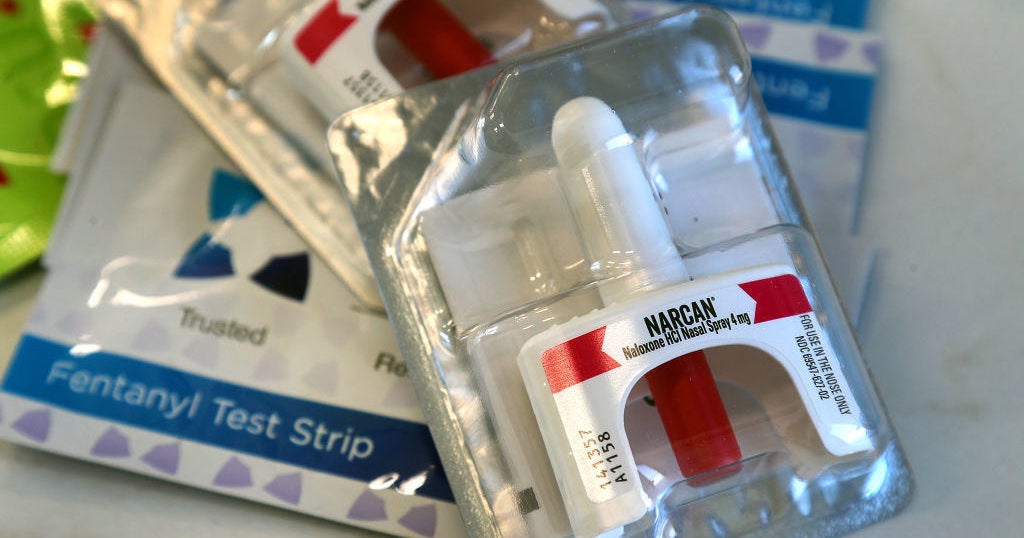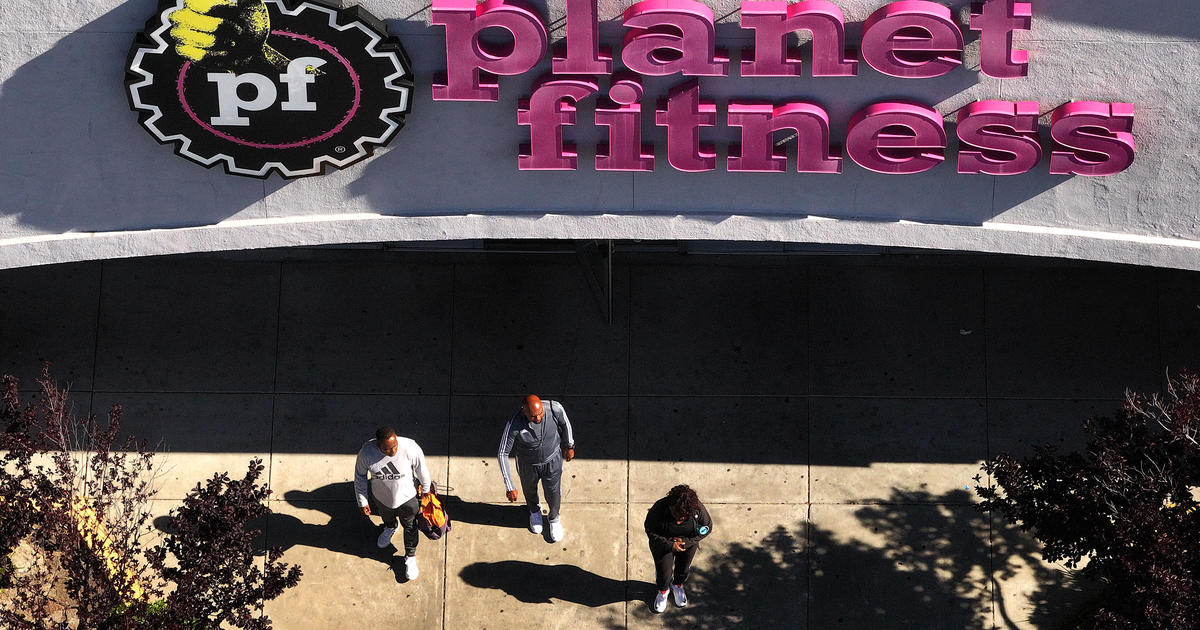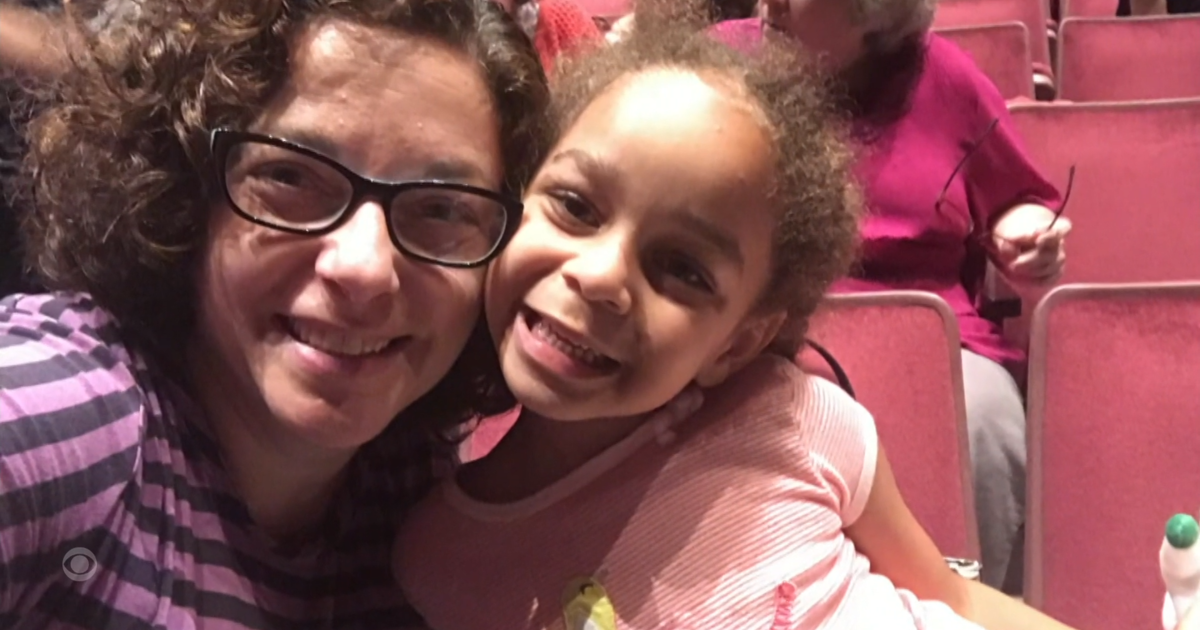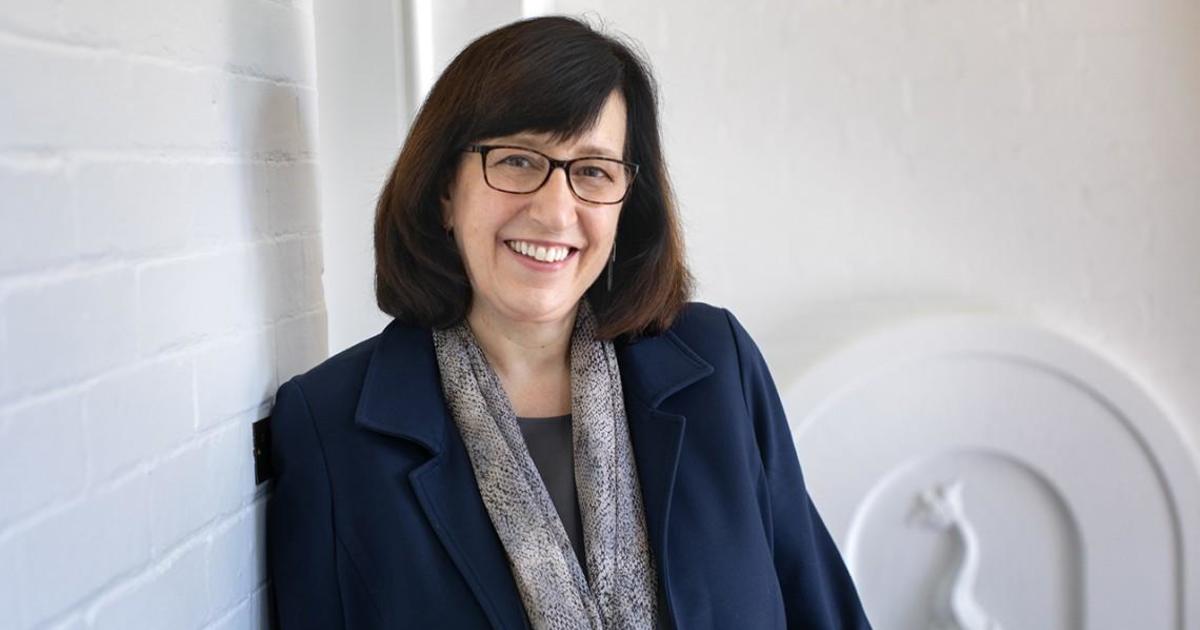Marking ten years since the 2011 Japan earthquake
As Japan hastily navigates the logistics of hosting the 2021 Summer Olympic Games in Tokyo amidst a global pandemic, the people of the island nation will take a step back today to honor a tragic moment in recent Japanese history.
Ten years ago, on March 11, 2011, the fourth-largest recorded earthquake in history struck Japan's Pacific Coast, triggering a 128-foot tsunami wave that swallowed villages whole and triggered the biggest nuclear disaster since Chernobyl.
Nearly 20,000 people died, 500,000 were forced to evacuate, 138,000 buildings were destroyed, and the country suffered the most expensive disaster in human history, with $360 billion in economic losses, according to an estimate from the Brookings Institution.
On this day of remembrance, the Japanese government held a small memorial service at the National Theatre in Tokyo to mourn that which the country had lost.
Today, 60 Minutes looks back at its coverage of the disaster, and the ways in which the people of Japan have coped and rebuilt the stricken region.
Immediately after the disaster struck, Scott Pelley and a team of producers travelled to Japan to report a story we called "Catastrophe," focusing on the devastating Fukushima nuclear crisis. The report includes an interview with Julia Nesheiwat, a U.S. State Department official, and David Chumreonlert, an American teacher living in Matsushima, focusing on the impact and danger of the melting nuclear reactors at the power plant in the area.
Nicole Young, a longtime producer working with Scott Pelley and a co-producer of "Catastrophe," vividly recalled the reporting assignment.
"When we finally arrived at the heart of the devastation, I couldn't believe my eyes," Young said. "It was like the earth was put in a bottle, shaken up and then dumped back out. It was hard to comprehend the desolation, and even more distressing to be in constant fear of what might come next while we were on the ground… a potential nuclear disaster. We were all scared of something we could not physically see or comprehend."
The story left an indelible mark on 60 Minutes' Young. "This story forever changed my life. I witnessed the stoicism and endurance of the Japanese people in the direct aftermath of an unfathomable natural and potential nuclear disaster. I learned more about humanity on this story than almost any other catastrophe I have reported on."
In the fall after the disaster, the late 60 Minutes correspondent Bob Simon and a team traveled to Otsuchi, a remote island in Japan that was hit hardest by the tsunami. Out of a small population of 15,000 people, 1,500 perished in a matter of minutes. Though the record-breaking earthquake and subsequent nuclear disaster grabbed headlines, the tsunami is what devasted many coastal cities and small islands the most, affecting thousands of people.
In "After the Wave," 60 Minutes reported on the small Japanese community, and how its people attempted to rebuild after the natural disaster wiped out ten percent of its population.
In 2014, 60 Minutes reported on the aftermath of the March 11th earthquake, tsunami and nuclear disaster in Fukushima, which had by then created a radiation crisis in surrounding areas. In a story we titled "3 Years Later," correspondent Bob Simon and a team of producers spoke with Norio Kimura, who used to live in the devastated town of Okuma, and would go on to visit the radioactive city twice a year to pay his respects at his family's gravesite. The team also spoke with a nuclear engineer and the chairman of the Rebuild Japan Initiative Foundation to report on the Japanese government's strategy to evacuate towns and begin the slow-moving cleanup process from the nuclear crisis.
More than seven years after the massive earthquake and resulting monster tsunami battered the northeast coast of Japan, 60 Minutes correspondent Lesley Stahl reported on how specialized robots were being used to clean up after the nuclear disaster at the Fukushima Daiichi power plant. Stahl and a producing team spoke with engineers, researchers and officials to explain how these four-legged robots climbed stairs, withstood high levels of radiation, and even swam in nuclear reactors filled with water. Equipped with sensors, maps, and 3D scanners, these robots were part of a decades-long, estimated $200 billion clean-up effort by the Japanese government.



